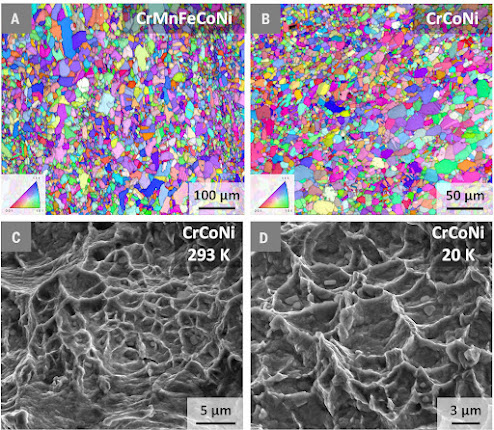.jpg) |
| Photo Credit: freestocks |
Certain complications during pregnancy bring an increased risk of heart disease later on. However, there is still much to learn about how arteriosclerosis develops between pregnancy and heart disease later in life. A large new study led by researchers from Lund University in Sweden shows that narrowing and calcification of the blood vessels of the heart are more common in women previously affected by pregnancy complications.
Despite complications in pregnancy having increasingly been acknowledged as a new type of risk factor for heart disease, it is yet to be determined how this information can best be used within healthcare.
“Our results suggest that the correlation exists even among women with a low expected risk of cardiovascular disease. The study is an important piece of the puzzle in understanding how women with pregnancy complications should be followed-up by their healthcare provider after pregnancy,” says Simon Timpka, associate professor of clinical epidemiology who leads the research team Perinatal and Cardiovascular Epidemiology at Lund University and is a resident in obstetrics and gynecology at Skåne University Hospital.

.jpg)







.jpg)






.jpg)